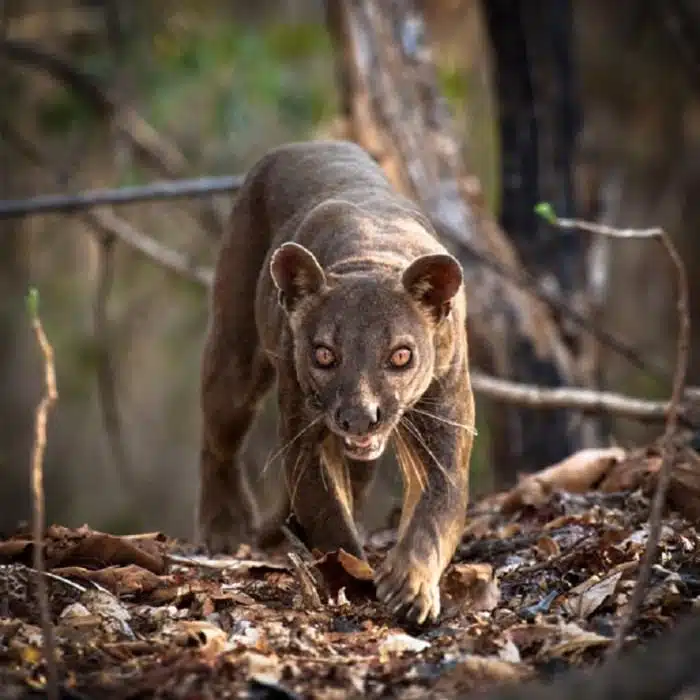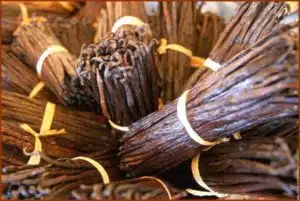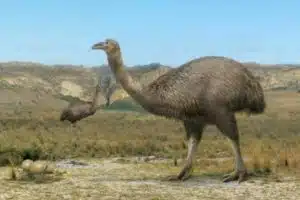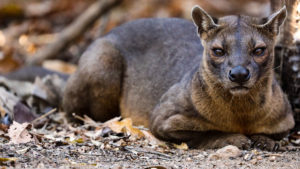 forest in the Kirindy Reserve, located about two and a half hours by car from the city of Morondava on the west coast.
forest in the Kirindy Reserve, located about two and a half hours by car from the city of Morondava on the west coast.
Kirindy has been the base for many scientific and zoological studies in the past, including a long-term project to study the ecology of the Fossa. As a result, up to eight Fossas have become accustomed to the presence of humans in the area, making it a unique place to observe these fascinating creatures in their natural habitat. Kirindy Private Reserve is a must-visit destination for anyone looking to see the charismatic Fossa. The best time for Fossa sightings is between August and December, the driest months of the year, when several Fossa roam the grounds of Kirindy Lodge in search of water and food. They can be seen year-round, with another good time to visit being between mid-October and mid-November, when they are usually mating.
For a close-up view of the Fossa, check out this image: 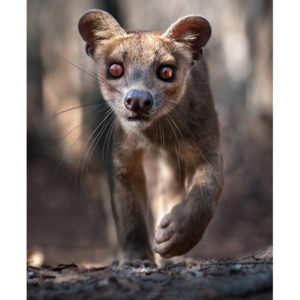 species of lemurs, including the Madame Berthe’s Mouse Lemur
species of lemurs, including the Madame Berthe’s Mouse Lemur
, le plus petit primate du monde ne pesant que 30g. Au cours des 20 dernières années, nous avons aidé de nombreux clients à profiter des merveilleuses observations de Fossas à Kirindy. Pour vous émerveiller devant cette animal unique et fascinant dans son habitat naturel, faites-nous savoir.

